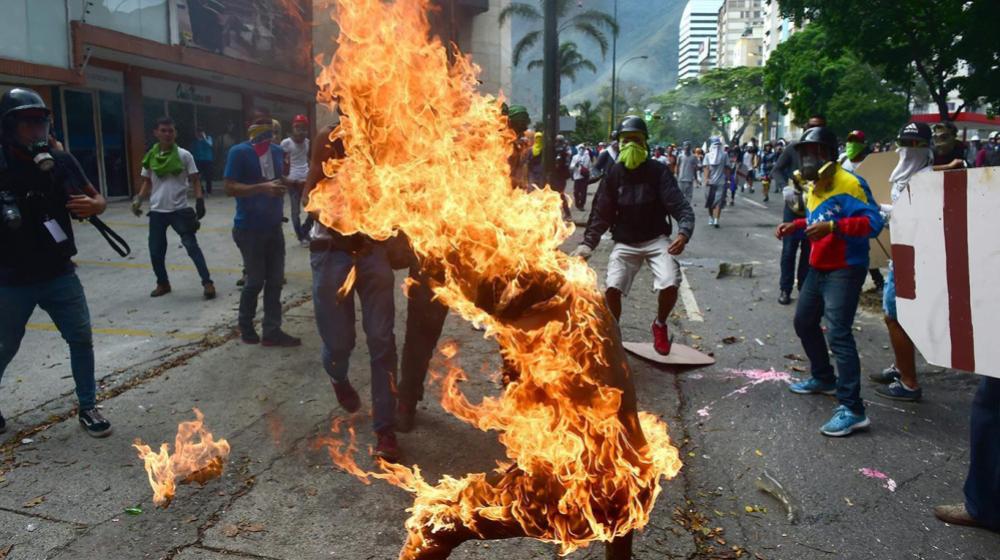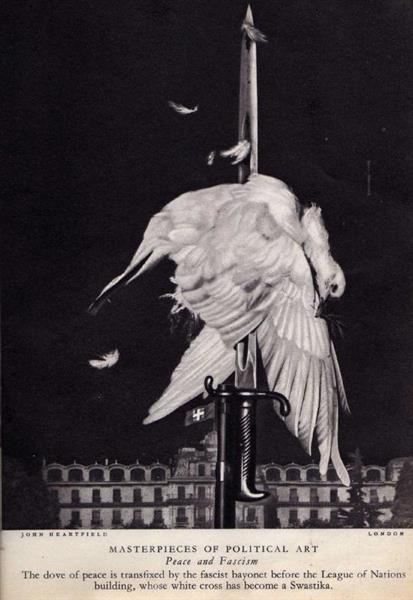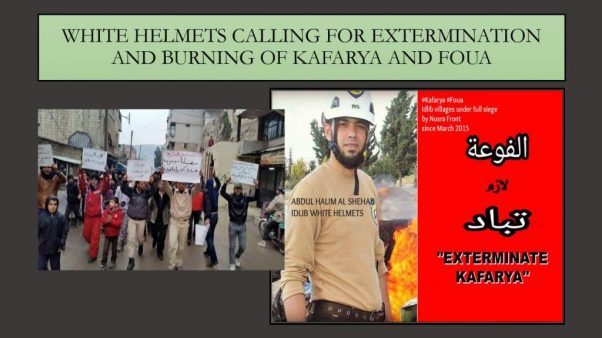Mar 27
20220
Social Engineering, Whiteness & Aversive Racism
Amnesty International fascism Guarimba Libya Nazis Nicaragua Syria Truckers Protest
The Outrageous Depths to Which the Fallen Left Have Descended
February 22, 2022
By Alexandra Valiente
 Featured Image: Orlando Figuera, beaten, stabbed, and burned alive by “protesters”, gangs of the fascist right-wing in Venezuela – a tragic victim of racist hate crimes during the Guarimbas.
Featured Image: Orlando Figuera, beaten, stabbed, and burned alive by “protesters”, gangs of the fascist right-wing in Venezuela – a tragic victim of racist hate crimes during the Guarimbas.
As the dust settles over this fallen country, the faux left continue their psychological warfare operation, spinning narrative in a desperate effort to bolster the crumbling edifice of their fortress of deception. However, their workmanship is flawed, their statements unsubstantiated, porous and weak. No effort on their part can prevent their descent into oblivion. The tide of truth is rising. The dams of collective outrage are bursting.
The depths to which they have descended are astonishing. While attention was focused on immediate events, their evolving narrative grew ever more fantastic. One group of collaborators composed an odious statement, Guarimbas in Canada, where they attempted to garner support for their position through distortion and manipulation. The statement offered lame criticism of the Canadian government, while thoroughly demonizing the protesters, presenting as “facts”, statements from corporate and government-funded media and organizations serving empire, including Amnesty International, government-funded Antihate.ca and the utterly discredited Communist Party of Canada. None of the authors of this statement were actually present at the protests.
None of their statements were based on fact and are contradicted by “on the ground” reporting done by journalists from all sides of the political spectrum (extreme right, moderate right, moderate left, extreme left).
By invoking Guarimbas, they went too far. They mocked and desecrated those who died in that tragic wave of terrorist attacks as they cover for the Nazis that supported Guarimbas – the Canadian government.
I challenge these agents of deception to explain themselves. To account for their lies. Show us the corpses, the bodies of our Black or Indigenous brothers and sisters set on fire, or crucified by protesters in Ottawa! Where were the health clinics and maternity hospitals set ablaze with patients inside? Where are the bodies of those massacred in communes and poor neighborhoods in the night, while their homes burned to the ground? Where were the “white Al Qaeda/White Helmets” mercenaries? Where the flaming barricades? The armed gangs? Where was there evidence of right-wing terrorism in Canada’s protests?
If they have forgotten what happened in Guarimbas, there is an archive of these horrific events on this website.
There are no parallels between the Freedom Convoy protests in Canada and the Venezuelan Guarimbas. The only violence witnessed came from the government of Canada itself, deeply infiltrated by Nazis.
I would like them to explain why they ignored or concealed the multi-ethnic components participating in the protests?
- -Canada: Multi-Ethnic Protesters, Ottawa Residents, Challenge Mainstream Media and Counter-Revolutionary Left Claims of Racism
- -National Black Caucus of the Green Party Rejects All Covid Mandates
- -The Green Party of the United States Black Caucus Supports the Freedom Convoy
- -Fed-up, Frustrated and Disenfranchised: Why Indigenous Canadians Joined the Freedom Convoy
- -Indigenous Women Discuss the #TruckerConvoy2022 Protest in Ottawa
- -War Chief of the Tyendinaga Mohawk Bear Clan Denounces Trudeau for Threatening to Use Militarized Police on Unceded Indigenous Territory
- -Message from Mohawk Women from Grand River Concerning Vaccine Mandates and Freedom
[Source: Instagram]
Why did they ignore all the evidence from those on the ground reporting actual events as they unfolded, who shared the stories of the people?
The lies they have promoted are blatant media crimes, including lies of omission, all in service to the oppressor.
In this, they not only betrayed Canadian workers oppressed under the Trudeau dictatorship, they betrayed Venezuelans.
Another journalist who lost his way during the recent protests, made wonderful contributions to unmasking the Nazis in the Canadian government and military.
He said, regarding their involvement in destabilization in Venezuela:
“Over the past two decades Ottawa has aligned with fascistic forces there in the hope of overthrowing a leftist government.
Ottawa supported Juan Guaido’s Voluntad Popular (Popular Will), which repeatedly instigated violent protests. Not long after the Democratic Unity Roundtable opposition coalition presidential candidate Henrique Capriles conceded defeat in a contentious election in January 2014, VP leader Leopoldo López launched La Salida (exit/departure) in a bid to oust Nicolas Maduro. VP activists formed the shock troops of “guarimbas” protests that left forty-three Venezuelans dead, 800 hurt and a great deal of property damaged in 2014. Dozens more were killed in a new wave of VP backed protests in 2017. At a blockade that year protesters burnt a 21-young Black man, Orlando Jose Figuera, alive in what was viewed as a racist, political, attack.” [Source]
Assimilate that.
The same government the faux left provided cover for was behind the atrocities in Guarimbas, whose memory they now invoke to serve a dark purpose.
And let us not forget Canada’s involvement in the Lima Group, their support for the Bolivian dictatorship, for Bolsonaro’s fascist and racist government in Brazil, and in the sanctions and economic warfare against Cuba, Venezuela and Nicaragua.
If we are to be completely truthful, numerous valid comparisons can be found between the violent suppression of protests in Canada and those in Bolivia under the Canadian-backed coup dictatorship.
In that same article, the author describes how
“In Israel the Canadian government supports openly racist and fascistic forces. The Canada Revenue Agency subsidizes groups that promote racial/religious purity and that finance those colonizing the West Bank.”
And let this next truth be widely known, in defiance of the faux left gatekeepers shielding empire. In the Canadian Freedom protests there were Christians, Muslims, Sikhs and Jews, united on the front lines to oppose the fascists in our government that are participating in the oppression of not only our own people, but many others in nations throughout the world. The multitude of incredible examples of unity terrified the Canadian regime. Does this truth in some way also threaten the faux left that they went to such extreme lengths to conceal it?
The author concludes, saying:
“Most Canadians have little idea that in many places their government actively supports groups that are far more fascistic than the People’s Party of Canada.”
If the faux left genuinely want to attack fascists, let them pursue and expose actual fascists and their criminal networks throughout the world.
I encourage people to search the Internationalist 360° website and the archives documenting the destruction of Libya I have constructed over the last 12 years. There are lessons contained therein that will serve us well today. I have always stood with the oppressed in every field of engagement. I have never deviated in my commitment and dedication to exposing Nazis and fascists – and will continue to do so. I am never confused about who the oppressor is in any situation.
The uprising in Canada is not the first time the “left” betrayed humanity. During the war against Libya, “academics and intellectuals” of the left supported the destruction of the Libyan Jamahiriyah. They deployed the same tactics as have been seen today: ignored “on the ground” reports, citizen fact-finding missions, and the voices of the Libyan people. In their articles, letters and statements, they referred to and promoted propaganda by the same agencies – mainstream media, human rights organizations aligned with MI6 and the CIA, and political opposition groups that were funded and backed by foreign governments and linked to international terrorism. At the time this faction came to be known as the “cruise missile left”. The war against Libya was not the only time they acted in this fashion. Many of the same left repeated this treachery against Syria. Before that, they were not opposed to the Arab Spring, or the war against Iraq and Afghanistan. Always their position favored empire’s agenda.
Some analysts have pointed to a remarkable lack of humility and capacity for self-criticism and self-reflection in this faction of the “left”. I can only conclude from what I have observed in the past month from social media comments and articles produced about the uprising in Canada, that they are not acting from confusion, as some have suggested. There appears to be a strategic, willful complicity in the oppression of, and class war against the people, in alignment with fascists. And the defamatory statements made against protesters exercising their legitimate right to dissent were egregious incitements to hatred. This is fifth column phenomenon.
[Alexandra Valiente is the editor of Internationalist 360. ]
Further Reading:









































